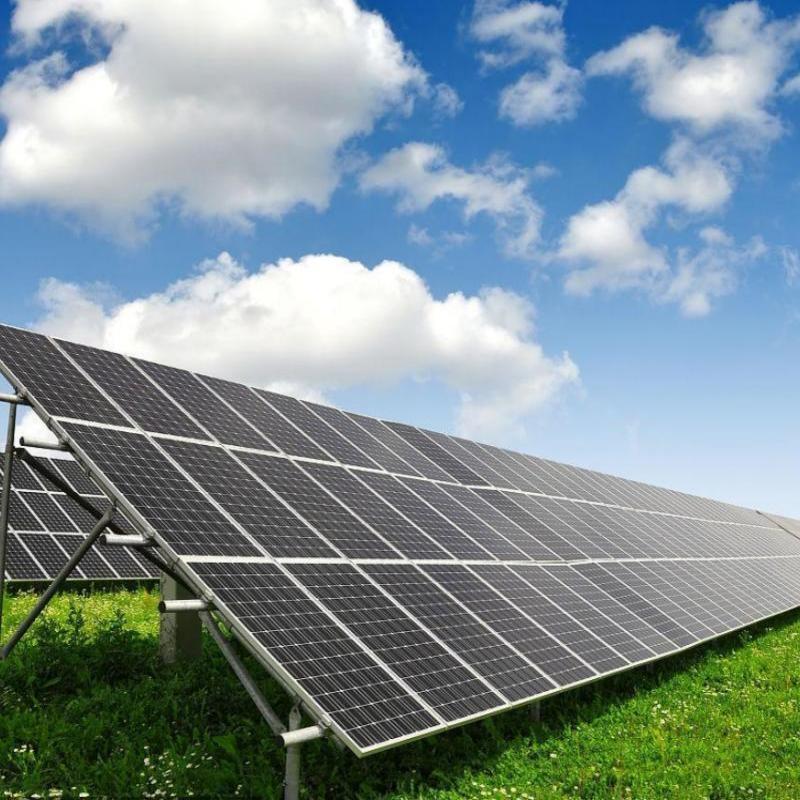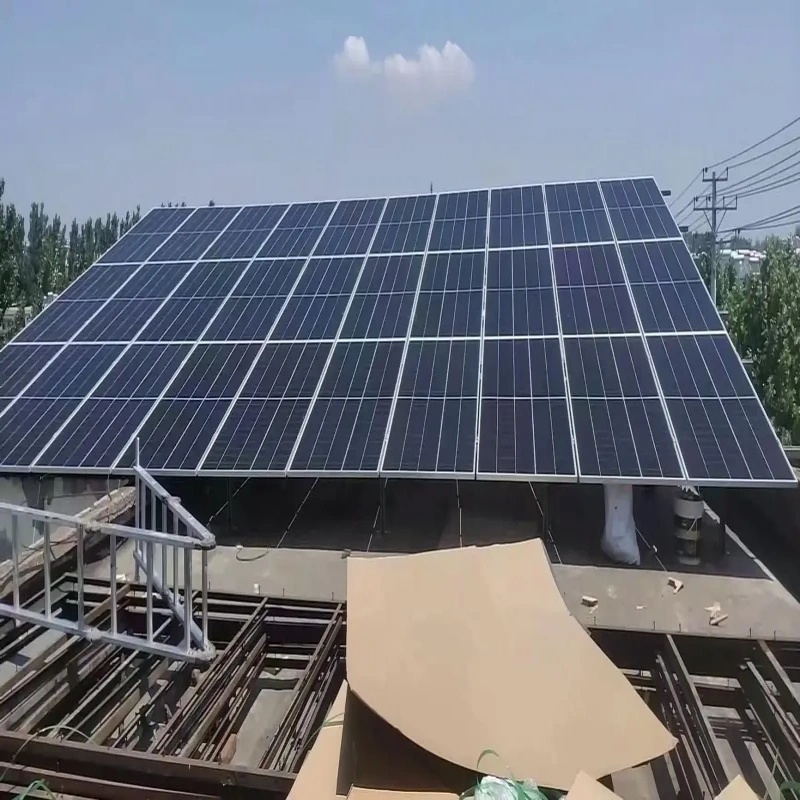Solar panels are an increasingly popular choice for homeowners looking to reduce their carbon footprint and save on energy costs. When it comes to powering an entire house with solar energy, the number of solar panels needed can vary depending on several factors.
The first consideration is the average energy consumption of the household. A typical American home uses around 877 kWh per month, so to calculate the number of solar panels needed, you would need to determine the energy output of each panel and the amount of sunlight the location receives. On average, a single solar panel can produce around 320 watts of power per hour under ideal conditions. Therefore, to generate 877 kWh per month, you would need approximately 28 solar panels.
Another factor to consider is the efficiency of the solar panels and the amount of sunlight the location receives. If the panels are less efficient or the area receives less sunlight, more panels would be needed to compensate for the lower energy output.
Additionally, the size of the roof and the available space for solar panels can also impact the number needed. A larger roof with ample space for panels may require fewer panels compared to a smaller roof with limited space.
When it comes to installing solar panels, the use of solar brackets is essential. Solar brackets are mounting systems that secure the solar panels to the roof or ground, providing stability and support. These brackets come in various designs to accommodate different types of roofs and terrains, ensuring the panels are securely installed for optimal energy production.
In conclusion, the number of solar panels needed to power a house depends on the energy consumption, panel efficiency, sunlight availability, and available space for installation. It’s essential to consult with a professional solar installer to assess the specific requirements for your home and determine the ideal number of panels and brackets needed for a reliable and efficient solar energy system.
Post time: May-17-2024


